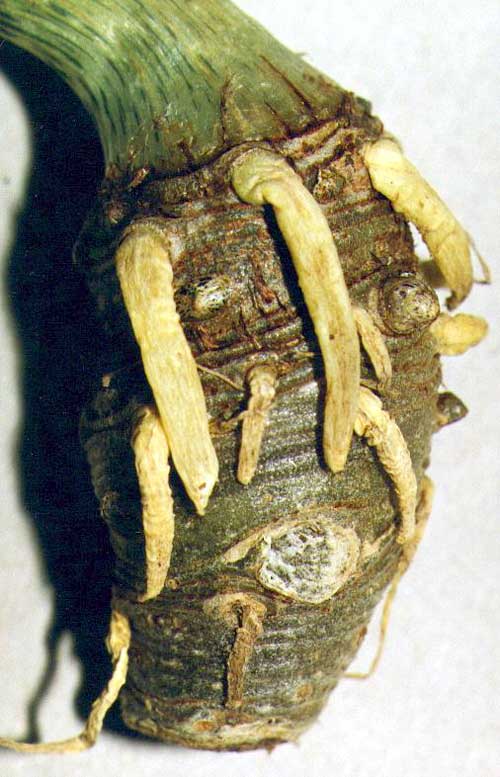|
|


| |
|
|
 |
||
Images Copyright © 2003 by Guy Gusman.
![]() Please send your comments to Guy Gusman at the address here
Please send your comments to Guy Gusman at the address here
. Page design by Thomas Mottl and Scott Hyndman for the IAS on February 19, 2003.
Page design by Thomas Mottl and Scott Hyndman for the IAS on February 19, 2003.
All Images and Text © 1996 to 2024 by the International Aroid Society or by their respective owners as noted.
Please send your comments to
served by aws-web2
